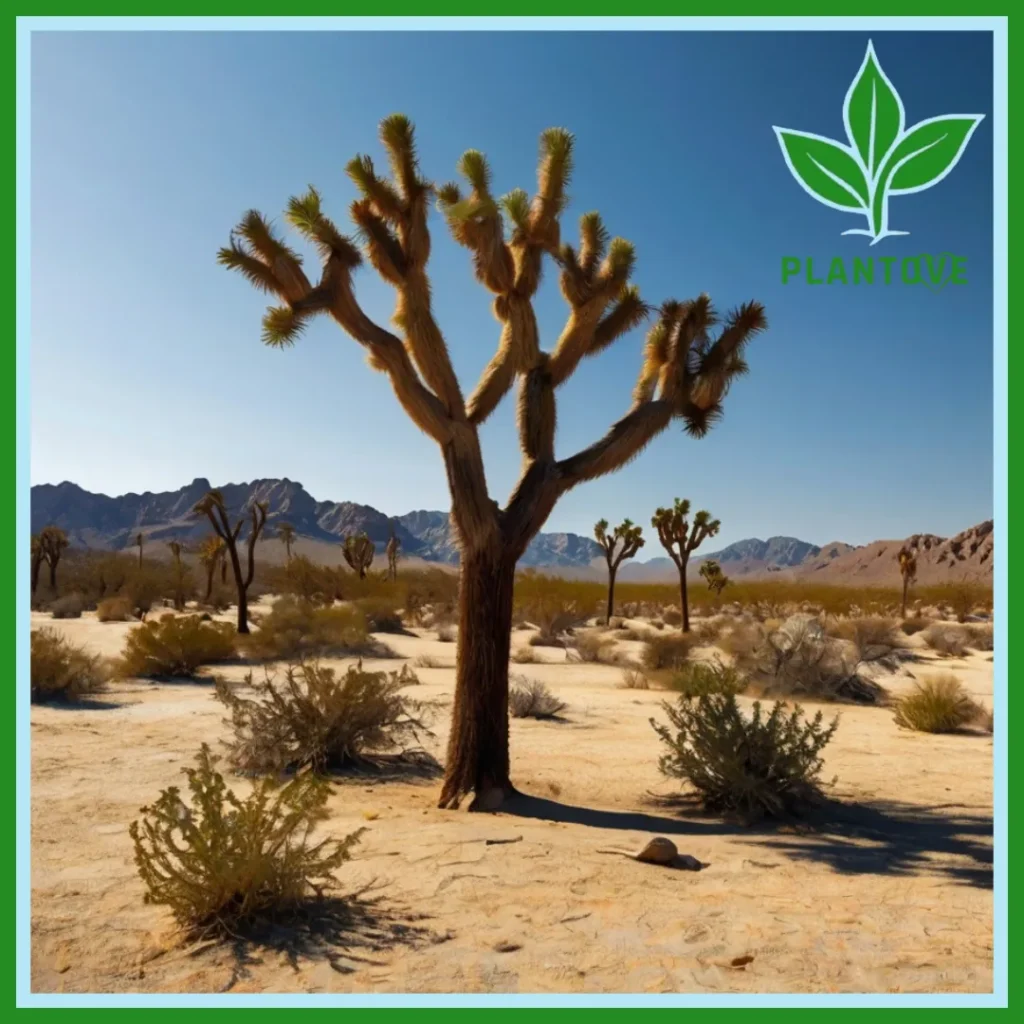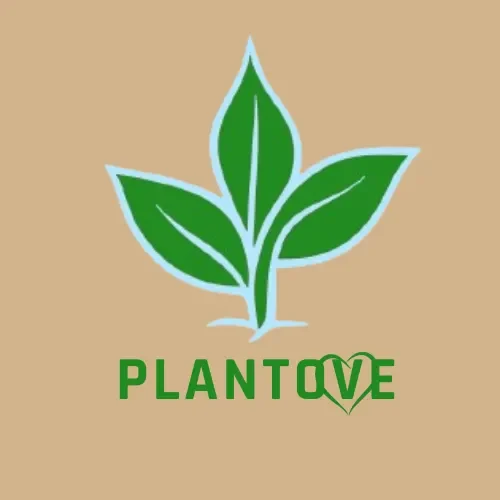Desert trees are an essential part of arid landscapes, known for their ability to thrive in extreme conditions where water is scarce, temperatures soar, and soil quality is often poor. These resilient plants have adapted to harsh environments and offer not only shade but also beauty and ecological benefits to desert ecosystems. Whether you live in an arid region or want to add some drought-tolerant greenery to your garden, understanding the unique characteristics of these hardy species is crucial.
In this comprehensive guide, we will explore various types of drought-resistant trees, their benefits, care requirements, and which species are best suited for the USA’s arid regions. Our focus is on creating an informational resource that helps homeowners, gardeners, and landscapers choose the right plants for their dry climate landscapes.
What Are Desert Trees?
These specialized plants are species that have evolved to survive in hot, dry climates. They have developed various mechanisms to conserve water, such as small or waxy leaves, deep root systems, and the ability to store water in their trunks or roots. These hardy specimens often have a slow growth rate, but they provide essential shade and habitat for wildlife in arid regions.
Drought-resistant trees can range in size from small shrubs to large specimens that provide significant shade. Despite their harsh growing conditions, many of these plants produce stunning flowers, unique foliage, and interesting bark textures that can enhance the aesthetic of any landscape.
The Importance of Arid-Climate Trees
These resilient plants are more than just decorative elements in a landscape; they play a vital role in their ecosystems and offer numerous benefits to people living in dry regions.
Shade and Temperature Regulation
One of the most important functions of these hardy trees is providing shade. In arid regions, where temperatures can reach extreme levels, the shade from mature specimens helps cool the environment. This natural cooling effect can make outdoor spaces more enjoyable and reduce the need for artificial cooling, lowering energy costs.
Erosion Control
Drought-tolerant trees also help stabilize soil, which is prone to erosion due to high winds and lack of vegetation. Their root systems bind the soil, preventing it from being blown away or washed away during infrequent but heavy rains.
Wildlife Habitat
Many arid-climate species provide habitat and food for local wildlife. Birds, insects, and small mammals often rely on these plants for shelter and nourishment. For example, the seeds and flowers of some drought-resistant varieties are essential food sources for native species in dry environments.
Popular Species for Arid Landscapes
If you’re looking to add drought-tolerant specimens to your landscape, there are several species commonly used in arid environments across the USA. Here are some of the most popular and hardy options:
1. Mesquite Tree (Prosopis spp.)
Mesquite trees are iconic plants found throughout the southwestern United States. Known for their twisted, gnarled branches and feathery leaves, mesquites are extremely drought-tolerant. These specimens are also nitrogen-fixers, meaning they enrich the soil by adding nitrogen, which benefits surrounding plants.
Specifications:
- Height: 20-30 feet
- Benefits: Provides shade, improves soil, drought-resistant
- Care: Requires minimal watering once established; prefers well-draining soil
2. Palo Verde Tree (Parkinsonia spp.)
The Palo Verde, Arizona’s state tree, is easily recognized by its green bark, which allows it to photosynthesize even when it loses its leaves during droughts. This specimen blooms with yellow flowers in spring, adding a splash of color to arid landscapes.
Specifications:
- Height: 15-30 feet
- Benefits: Beautiful spring blooms, drought-tolerant
- Care: Low water requirements; thrives in full sun and well-draining soil
3. Joshua Tree (Yucca brevifolia)
The Joshua tree is a unique tree-like yucca that grows in the Mojave Desert. Its spiky leaves and tall, branching trunks create an otherworldly appearance. This iconic species is deeply intertwined with arid ecosystems, providing habitat for various wildlife.
Specifications:
- Height: 15-40 feet
- Benefits: Iconic species, provides habitat for wildlife
- Care: Requires well-drained, sandy soil and minimal water
4. Desert Willow (Chilopsis linearis)
Despite its name, this plant is not a true willow but is known for its willow-like, narrow leaves and trumpet-shaped flowers. It blooms from late spring through summer, providing color and fragrance to dry climate gardens.
Specifications:
- Height: 15-30 feet
- Benefits: Attracts pollinators, long flowering season
- Care: Thrives in full sun, requires moderate water
5. Ironwood Tree (Olneya tesota)
Ironwood specimens are slow-growing but extremely long-lived, with some living over 1,000 years. These plants have dense, hard wood and are known for their ability to withstand extreme heat.
Specifications:
- Height: 15-30 feet
- Benefits: Provides shade, very durable, long lifespan
- Care: Prefers dry, rocky soils; minimal water once established
Essential Care Guidelines

While these hardy plants are drought-tolerant, they still require proper care, especially during their establishment phase. Here are key tips for maintaining healthy specimens:
Watering Requirements
Drought-resistant species are adapted to survive with minimal water, but newly planted specimens need regular watering until their roots are well-established. Water deeply once a week during the first year, then reduce watering as the plant matures. Over-watering can lead to root rot, so it’s important to let the soil dry out between waterings.
Soil and Mulching
These hardy plants prefer well-draining soil. If your soil is heavy or clay-like, consider amending it with sand or gravel to improve drainage. Adding a layer of mulch around the base can help retain moisture, reduce soil temperature, and prevent weed growth. Keep the mulch away from the trunk to avoid rot.
Pruning and Maintenance
Pruning is essential for maintaining the health and shape of your specimens. Remove any dead or damaged branches and thin out dense growth to allow sunlight and air to reach the inner branches. Prune during the dormant season, typically in late winter or early spring, to reduce stress.
Protection from Pests
While these plants are generally hardy, they can still fall victim to pests like aphids, spider mites, or scale. Watch for signs of pest infestations, such as yellowing leaves or sticky residue on branches. Use insecticidal soap or neem oil to treat infestations naturally.
Landscaping Applications
These drought-tolerant specimens are ideal for creating sustainable, low-water landscapes in arid regions. They are often used in xeriscaping, a landscaping method designed to reduce or eliminate the need for irrigation. These hardy plants not only conserve water but also add texture, color, and shade to the landscape.
Creating Shade Gardens
Drought-resistant species are perfect for creating shaded areas in your garden where other, less heat-tolerant plants can thrive. By planting specimens like mesquite or palo verde, you can create microclimates that allow you to grow a wider variety of plants, even in arid conditions.
Small Garden Solutions
If you have limited space, smaller varieties like the desert willow or ironwood can be ideal choices. These compact specimens provide all the benefits of larger species but in a more manageable form. They are perfect for urban gardens or small backyard landscapes in dry climates.
Supporting Wildlife
Many drought-tolerant species attract native wildlife, such as birds, bees, and butterflies. Planting varieties like the Joshua tree or mesquite can support local ecosystems and contribute to biodiversity in your area.
Conclusion
Desert trees represent a perfect blend of beauty and resilience, offering shade, color, and environmental benefits even in the harshest climates. Whether you’re looking to enhance your garden, conserve water, or create a habitat for wildlife, these hardy specimens can thrive with minimal care. From iconic species like the Joshua tree to flowering varieties like the desert willow, there is a wide range of drought-resistant options to choose from.
By understanding the unique needs of these arid-adapted plants and providing the right care, you can enjoy the benefits of these resilient specimens for years to come. Whether you live in the USA’s dry regions or simply want to add drought-tolerant species to your landscape, these hardy trees are a valuable addition to any garden.

